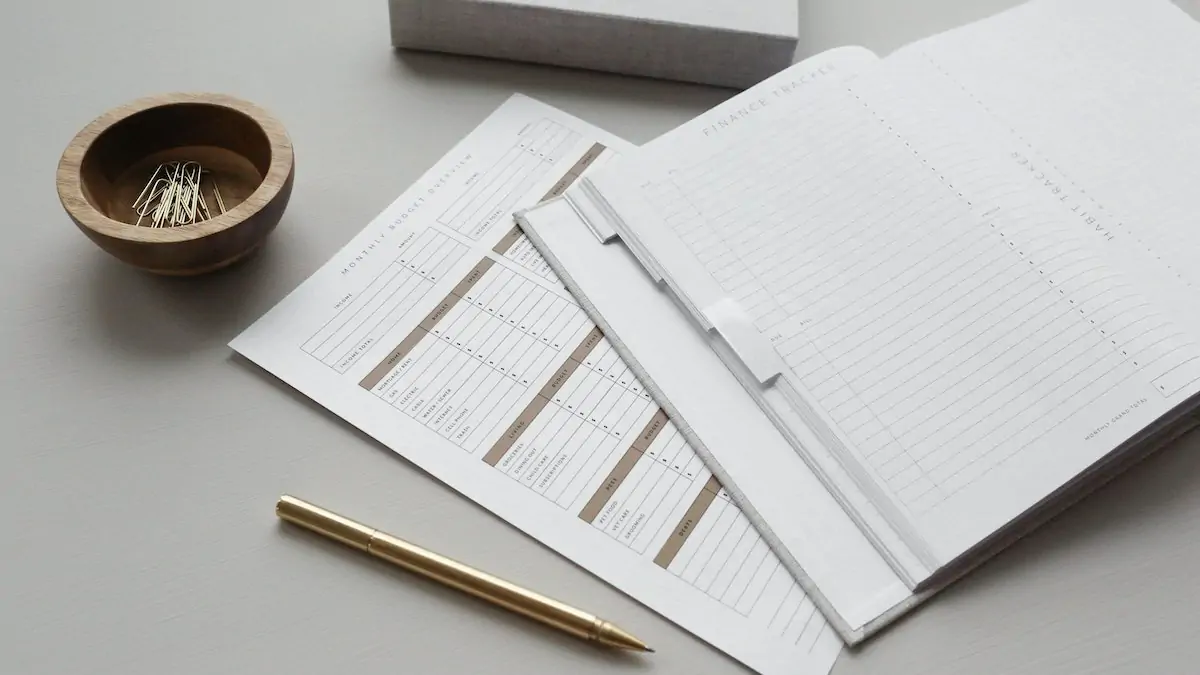
Cash flow forecast template and guide
7 Jul 2021You’re probably familiar with the popular phrases ‘cash is king’ and ‘cash is the lifeblood of every business’, but how can you make that a positive reality for your business?
It’s a hard fact that if your business runs out of cash and is not able to obtain new finance, it will become insolvent. That risk is just too big to take and the pandemic showed how even the biggest names were vulnerable to the same ‘cash’ problems. On the flip side, you also need to generate cash to grow your business.
Financial control is therefore one of the most important tasks in small business management. That makes forecasting your cash flow critical to survival, profitability and growth.
With the help of a spreadsheet or financial software, it’s a straightforward task to create a cash flow forecast. To help you focus on the cash your business will need in the future, it’s good practice to keep a rolling cash flow forecast which predicts cash flow at least three months into the future - or longer.
This will give you at least three months’ notice of any potential cash flow problems, so that you have the opportunity to deal with the problem — and you won’t have to deal with an unexpected crisis.In this article, we explain the steps needed to create and use a cash flow forecast. We’ve also included a basic cash flow forecast template which you can adapt for your business to simplify the task.
The basics of cash flow forecast
A cash flow forecast is an estimate or projection of the total amount of money you expect to come into your business and pay out over different periods of time – one week, one month, three months, six months or a year.
At its simplest, cash flow might just represent sales revenue coming in and business costs going out. But, if you have a number of different sources of income coming in and various types of costs due for settlement at different times, creating an accurate - and useful - forecast requires careful preparation.
Related: Statement of financial position – Example and guide
Cash coming into your business
The main source of cash coming into your business is likely to be revenue from sales of your products or services. You may also have other income streams from services that you offer customers, such as installation or maintenance, or fees for licensing your brand or products to other companies. If you have obtained grants for the business, that also counts as income.
To forecast the amount and timing of incoming cash, you can use historical sales records and current orders or quotations as a basis. Using prices you quoted at the point of sale, calculate the estimated weekly, monthly or quarterly revenue for each product or service.
Take into account any seasonal buying variations, marketing and promotional campaigns or new product launches that might impact sales. Don’t forget to factor in discounts that you offer distributors or retailers.
To forecast timing, take into account the settlement periods you offer customers and make an allowance for slow payers. That will ensure you have a realistic forecast of likely dates for receipt of cash.
Cash going out of your business
The cash flowing out of your business includes all the costs you incur to run your business and make or sell your products or services.
Cost of products
If you manufacture products, calculate the costs of raw materials and operational costs for the volume you plan to produce per month or quarter. Factor in any discounts for bulk purchase of raw materials.
If you buy products for resale, calculate the cost of buying in products to meet your monthly or quarterly sales forecasts. Include any discounts for bulk purchase.
Cost of sales
Calculate the cost of product distribution and delivery plus any marketing or promotional campaigns you plan. This might include advertising, design and print costs, fees to marketing agencies and website hosting charges.
Operating costs
These are your day-to-day ‘running costs’ – rent, telecom, broadband and energy charges, equipment costs, office supplies, regular leasing charges, insurance premiums, bank charges and building maintenance.
Some of these costs may be fixed monthly or quarterly charges; others may vary with the level of business activity. You will also have to meet payments for any tax liabilities on their due date.
Staffing costs
One of the largest regular costs is the wages, salaries and benefits bill for employees, plus fees to any contract or freelance workers. You should also add a reserve for possible future recruitment or redundancy costs.
Related: How To Read A Company Balance Sheet
Cash flow forecast template
This simple cash flow forecast template sets out the main cash inflows and outflows. To calculate net cash flow, subtract your total outflow from your total inflow.
Calculating cash flow
By bringing together all of your estimated income and costs over different periods and using a spreadsheet or financial software package, you can identify any potential problems where outgoings exceed income.
On a monthly basis, calculate all the money you expect to receive and all the money you expect to pay out. The result will be a net cash inflow or net cash outflow. You can then decide how to bridge the gap, either by using cash reserves or drawing on any sources of credit, such as overdrafts, credit cards or bank loans.
By comparing actual income and outgoings with your estimated figures, you can refine your calculations over time and have a more accurate basis for planning your business.
It’s good practice to set aside time to update your cash flow forecast once a week. Add another week onto the end of it and modify any numbers that you know have changed in the past week - for example, if one of your customers has told you that payment will be delayed for another month. Alter the numbers and have a look at the difference this makes to your cash flow over the coming weeks.
Using cash flow forecasts to plan your business
Calculating and managing cash flow doesn’t just help you ‘mind the gap’, it can help you identify ways to improve profitability and grow your business.
If, for example, your product costs are high compared with their sales revenue, you might consider buying in bulk to qualify for bigger discounts or switching suppliers to get better prices.
An accurate cash flow forecast is a valuable basis for planning your business, particularly when you can track actual results against forecasts. You may find that seasonal variations have a greater impact than you realised, which can help you plan marketing campaigns or product launches more effectively.
If you find that slow payment is distorting your forecasts, you can consider other options to overcome the problem. Offering customers discounts for faster settlement may offset part of the risk. You could consider invoice factoring where you sell your invoices to a third party, receive payment minus a fee or discount and leave the follow-up and collection to the other party.
What if?
Cash flow forecasts can help you plan other changes by taking a ‘what if’’ approach when you compare results with forecasts. You could review your pricing strategy by looking at the potential impact of lowering or raising prices. And, if you plan to cut prices, what would happen if you could reduce production costs or costs of sale.
You can also use your forecast to assess what might happen if you got an unexpected large order, or your key supplier suddenly wanted payment on delivery rather than allowing 30 days credit?
This kind of forecasting is only useful and reliable if you have accurate information to work with, so make sure your cash flow calculations are based on reality rather than guesswork.
Planning for growth
A cash flow forecast gives you an accurate basis for reviewing the health of your business, and that can give you the confidence to plan for growth.
If you are regularly posting a net cash inflow, you could use the additional funds to invest in the business, developing new products, running more marketing campaigns or recruiting more staff.
If you want to attract funding to help your business grow, investors will look closely at your cash flow as that indicates the health of your business. Profits can appear to present a good picture, but investors believe that cash flow is a more reliable indicator.
Cash flow can also impact your credit rating. If you miss repayments, for example, a poor credit report could affect your chances of obtaining a loan or other funds you need for growth.
Financial forecasting and support from Accounts and Legal
This is a brief outline of the process for managing cash flow forecasts. If you would like professional advice on any aspect of cash flow forecasting or financial management, our team of experienced small business accountants will be glad to help.
To find out more, please contact us on 0207 043 4000 or info@accountsandlegal.co.uk. Click here for an instant accounting quote.






















